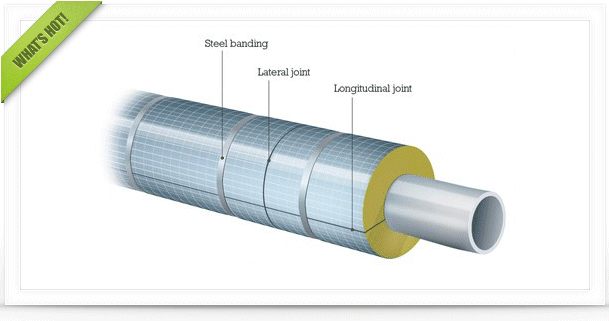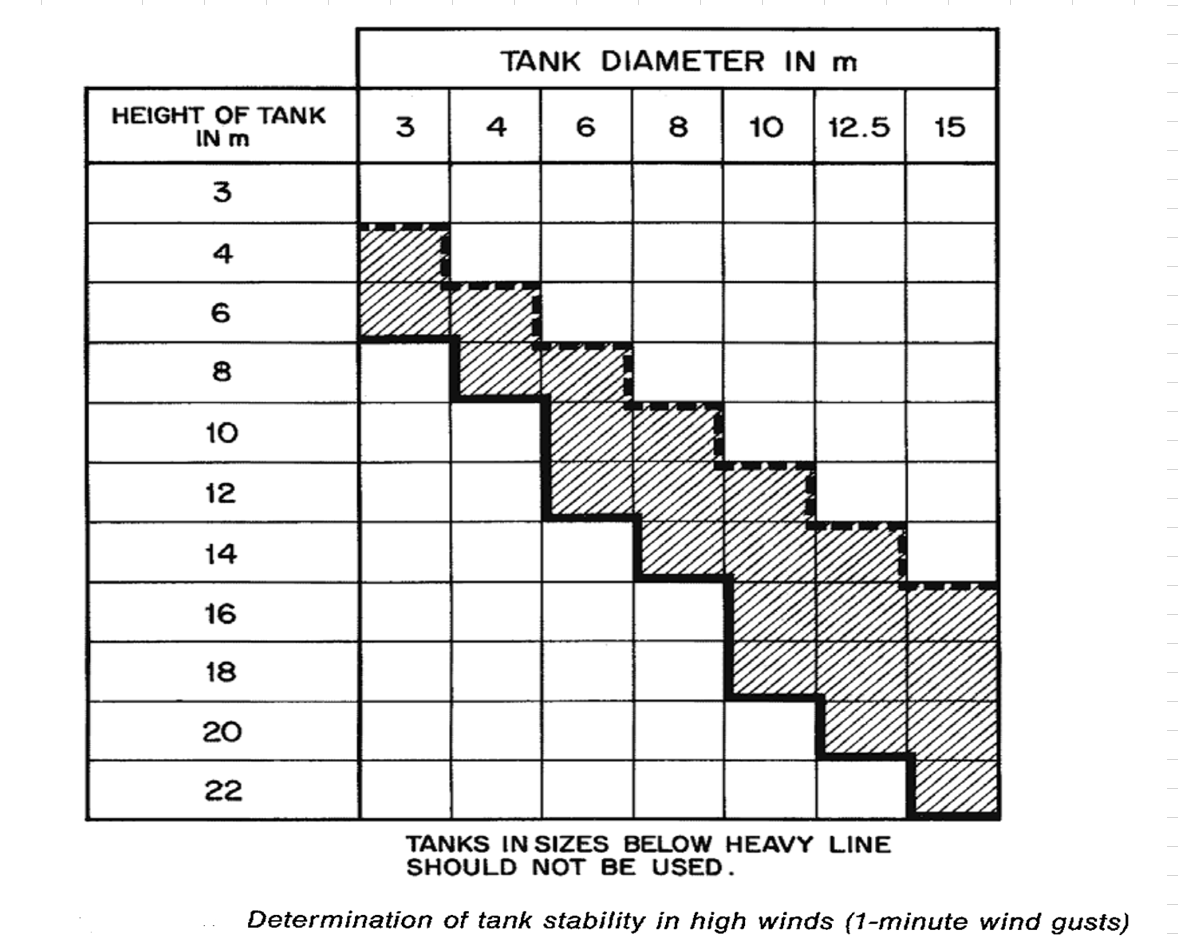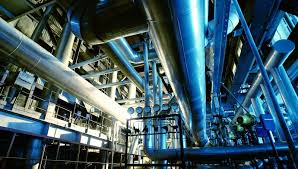|
|
Emergency Block Valves
#1

Posted 20 April 2010 - 03:43 PM
I can understand the requirement on the inlet side to prevent overfill and on the outlet side to cut off flow to pump suction in case of pump seal fire. However, if we don’t have a pump at the outlet as gravity assisted flow can be maintained, do we still require the EBV on the outlet side?
What is the general practice nowadays?
#2

Posted 20 April 2010 - 07:56 PM
If the outlet sink (sewer/discharge point) catches fire, you do not want the fire to backflash into the tank. Emergency block valves are not just for preventing overfill. They are also intended for complete tank isolation (both inlet/outlet) during fire.
Even in the case of non-gravity assisted flow (pump seal fire, as you say) the EBV's job is not just to cut flow to pump suction, but also to prevent the fire on the pump side from flashing back to the tank.
#3

Posted 20 April 2010 - 09:28 PM
If the outlet sink (sewer/discharge point) catches fire, you do not want the fire to backflash into the tank.
The outlet destination (another tank at the product loading facility)has an EBV at its inlet and hence, can prevent fire backflash into the upstream tank. Both the tanks are connected by a 10 km pipeline.
Do we still need another EBV close to the outlet of the upstream tank considering long distance between the two tanks? Is there any API code or any fire protection requirement for isolation when long pipelines are involved?
#4

Posted 21 April 2010 - 12:47 AM
If the outlet sink (sewer/discharge point) catches fire, you do not want the fire to backflash into the tank.
The outlet destination (another tank at the product loading facility)has an EBV at its inlet and hence, can prevent fire backflash into the upstream tank. Both the tanks are connected by a 10 km pipeline.
Do we still need another EBV close to the outlet of the upstream tank considering long distance between the two tanks? Is there any API code or any fire protection requirement for isolation when long pipelines are involved?
Well, a 10 km line more or less necessisates an EBV at both ends, I would say. What is the guarantee that the fire would originate in the receiving tank? A 10 km pipeline is at the mercy of sabotage,natural calamities etc. A rupture in the pipeline and subsequent fire is not taken care of by the EBV at receiving station alone.
By the way, you do accept that if you had a pump at the source tank bottom, you would go with an EBV. And since you ask whether its necessary for a gravity-assisted flow from the tank (1st post) does it mean the fluid travels 10 km without a pump? The two tanks would have to have considerable elevation difference then. And that situation sounds all the more scary. If the pipeline ruptures, and you do not have an EBV at the tank outlet,(gravity-assisted flow, at that) we would soon be having a nice pool of the fluid, wouldn't we?
#5

Posted 21 April 2010 - 07:50 AM
If the outlet sink (sewer/discharge point) catches fire, you do not want the fire to backflash into the tank.
The outlet destination (another tank at the product loading facility)has an EBV at its inlet and hence, can prevent fire backflash into the upstream tank. Both the tanks are connected by a 10 km pipeline.
Do we still need another EBV close to the outlet of the upstream tank considering long distance between the two tanks? Is there any API code or any fire protection requirement for isolation when long pipelines are involved?
Well, a 10 km line more or less necessisates an EBV at both ends, I would say. What is the guarantee that the fire would originate in the receiving tank? A 10 km pipeline is at the mercy of sabotage,natural calamities etc. A rupture in the pipeline and subsequent fire is not taken care of by the EBV at receiving station alone.
By the way, you do accept that if you had a pump at the source tank bottom, you would go with an EBV. And since you ask whether its necessary for a gravity-assisted flow from the tank (1st post) does it mean the fluid travels 10 km without a pump? The two tanks would have to have considerable elevation difference then. And that situation sounds all the more scary. If the pipeline ruptures, and you do not have an EBV at the tank outlet,(gravity-assisted flow, at that) we would soon be having a nice pool of the fluid, wouldn't we?
This means pipe rupture is also a case for an EBV.
#6

Posted 23 April 2010 - 03:46 PM
I agree to the need of both EBVs and the interesting justifications expressed. Greek legislation (other ones will be similar) calls for isolation valves as near the tank walls as possible, which must be closed when the relevant line is not in use. These are similar to EBVs. Greek law does not (yet?) require remote control of these valves.The outlet destination (another tank at the product loading facility)has an EBV at its inlet and hence, can prevent fire backflash into the upstream tank. Both the tanks are connected by a 10 km pipeline.
Do we still need another EBV close to the outlet of the upstream tank considering long distance between the two tanks? Is there any API code or any fire protection requirement for isolation when long pipelines are involved?
Fire protection is judged to be main reason for above. A tank in dikes can be 50-100 m far from pump house, where there is a valve at suction end line. Any strong fire withing the dikes would jeopardize integrity of suction line. If this breaks, all tank liquid will flow into the dikes, unless there is a closed valve near the tank.
If above is applicable for distances of 50-100 m, much more for (say) distance of 10 km.
Similar Topics
Is Emergency Venting Required For Polyethylene Storage Tank In Fire ScStarted by Guest_chem55_* , 01 Aug 2025 |
|

|
||
Parallel Control Valves Downstream Relief ScenarioStarted by Guest_pklavinsJ_* , 18 Jun 2025 |
|

|
||
Breather Valves - Liquid Movement In Breathing ScenarioStarted by Guest_panoska_* , 14 Dec 2024 |
|

|
||
Isolation Requirement For Bypass Valves/ Movs.Started by Guest_shantanu.ghag_* , 15 Sep 2024 |
|

|
||
Pressure Regulators Vs Control ValvesStarted by Guest_panoska_* , 19 Jun 2024 |
|

|

 FB
FB








